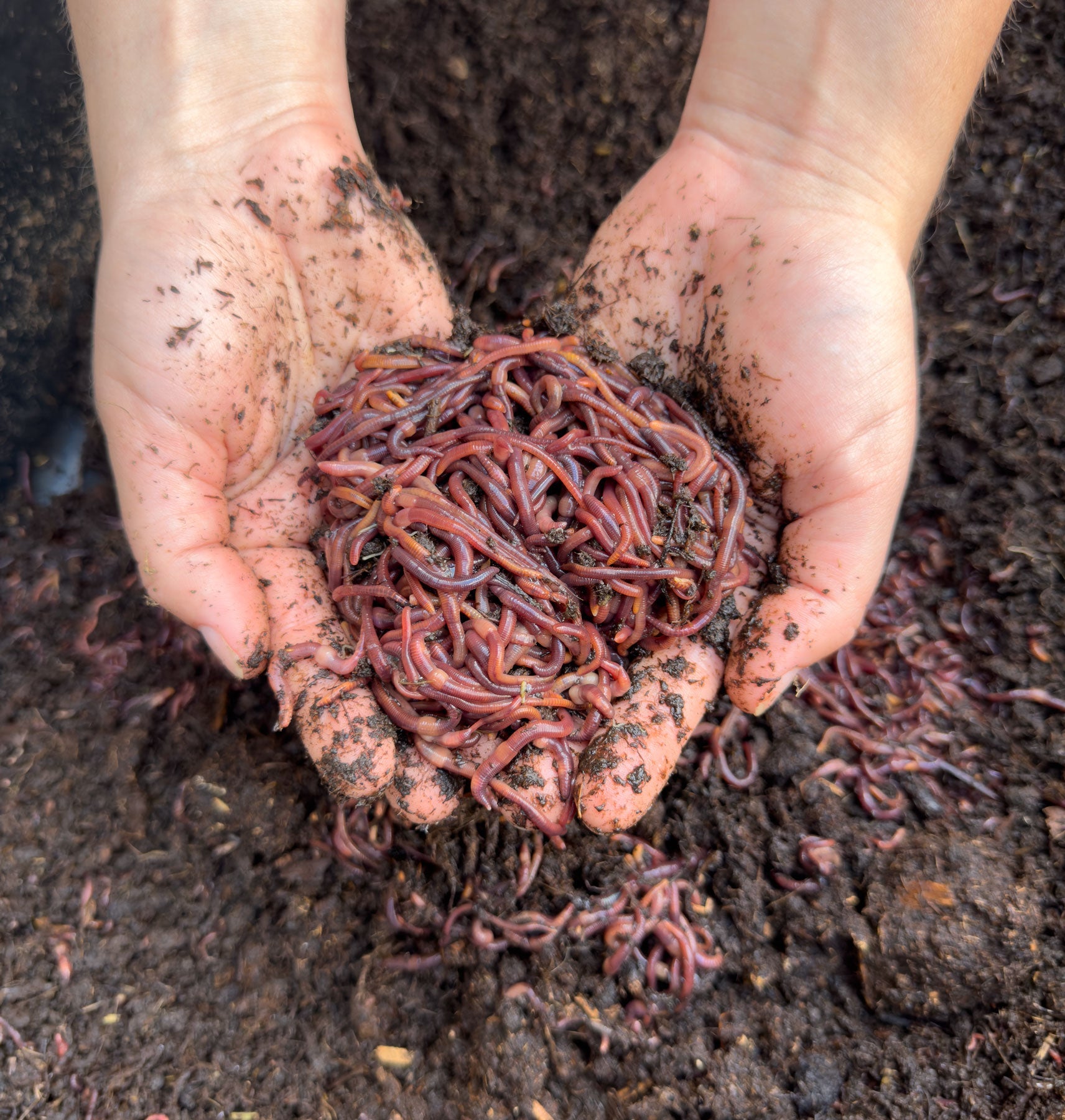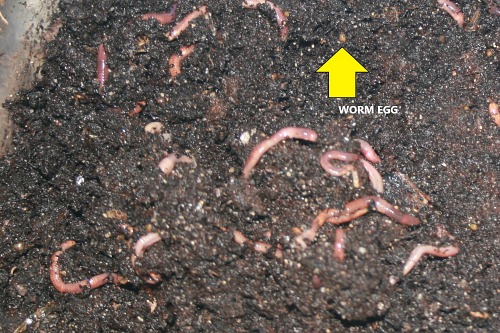Open the Tricks of Red Wigglers: Your Guide to Composting Success
The assimilation of red wigglers into composting techniques provides a significant possibility for enhancing dirt health and wellness and advertising sustainability. Comprehending their needs and habits is critical for optimizing their potential, from setting up an ideal worm bin to feeding them the best products.

What Are Red Wigglers?
(Lake Hickory Bait)Red wigglers, scientifically called Eisenia fetida, are a varieties of earthworm mostly made use of in composting because of their exceptional ability to break down natural issue effectively. These worms are identified by their reddish-brown pigmentation and a fractional body, typically measuring in between 3 to 4 inches in length. Unlike other earthworm species, red wigglers thrive in abundant, natural environments, making them perfect for vermicomposting systems.
Indigenous to The United States And copyright, they are typically discovered in decaying leaves and compost heap, where they play an essential function in nutrient recycling. Their adaptation to staying in a damp, cardio environment allows them to take in large quantities of natural waste, breaking it down right into nutrient-rich castings that improve dirt wellness.
Red wigglers reproduce swiftly, with a single worm capable of generating several cocoons weekly, each containing several hatchlings. This fast reproduction price adds to their effectiveness in composting procedures. They choose temperature levels in between 60 ° F and 80 ° F, and their task degree increases significantly within this range, further aiding in the decay process. Comprehending the biology and habits of red wigglers is vital for maximizing their possibility in composting applications.
Advantages of Making Use Of Red Wigglers
Taking advantage of the power of red wigglers in composting supplies various advantages that boost dirt wellness and advertise lasting waste administration. These remarkable organisms successfully damage down raw material, transforming kitchen scraps and yard waste right into nutrient-rich vermicompost. This completed product is remarkably advantageous for plant development, as it enhances dirt structure, increases dampness retention, and boosts nutrition schedule.

(Lake Hickory Bait)Furthermore, the presence of red wigglers in your composting system can speed up the composting process, generating top quality garden compost in a portion of the moment compared to typical approaches. The spreadings produced by these worms are likewise bristling with valuable bacteria that further improve the dirt ecosystem.
Establishing Your Worm Container
Developing an efficient worm container is an uncomplicated process that can substantially boost your composting initiatives. Worm containers can be made from plastic storage space containers, wood boxes, or commercially readily available worm bins.
Next, prepare the bed linen material, which serves as the worms' habitat. A mix of shredded newspaper, cardboard, and coconut coir works well, giving a comfy atmosphere for the worms.

Feeding Your Red Wigglers
To guarantee the health and wellness and efficiency of your red wigglers, it is vital to supply them with a well balanced diet regimen that meets their nutritional needs. Red wigglers thrive on a varied range of natural products, which not just provide needed nutrients but likewise promote effective composting.
Begin by incorporating kitchen area scraps such as veggie peels, fruit cores, and coffee grounds. Prevent citrus fruits, onions, and garlic, as these can be destructive to worm wellness. In addition, introduce shredded paper, cardboard, and dry leaves to create a well-aerated environment.
Feeding regularity need to be monitored; usually, worms can consume half their body weight in food weekly. It is vital to avoid overfeeding, as excess food can cause unpleasant odors and draw in parasites. A great technique is to add food in percentages, allowing worms to refine it prior to presenting a lot more.
Preserving dampness levels is likewise vital; the bed linens needs to perspire yet not soaked. Be sure to frequently inspect the temperature and pH degrees of the bin to make certain an optimal environment for your red wigglers, inevitably enhancing their composting effectiveness.
Harvesting and Making Use Of Compost
An effective composting procedure with red wigglers culminates in the rich, dark compost referred to as vermicompost, which can significantly enhance soil wellness and plant growth. Harvesting this nutrient-dense product generally takes place every 3 to six months, relying on the size of your system and the quantity of organic issue being processed.
To gather, carefully separate the compost from the worms and any kind of undecomposed products. One efficient method involves relocating the materials of the container to one side and including fresh bedding and food to the vacant room, motivating the worms to migrate. After a few days, the compost can be accumulated from the opposite side.
It is vital to use vermicompost properly to optimize its advantages. It can be used as a leading clothing for yard beds, combined right into potting dirt, or brewed right into a nutrient-rich fluid fertilizer understood as "worm tea." This application technique helps to deliver necessary nutrients straight to plant roots, advertising much healthier growth. By including vermicompost right into your horticulture regimen, you not just reuse natural waste yet additionally produce a flourishing environment that sustains lasting horticulture methods.
Final Thought
In recap, red wigglers serve as exceptional allies in composting efforts, changing organic waste right into nutrient-rich vermicompost. By understanding the optimum conditions for their habitat, feeding requirements, and compost harvesting methods, garden enthusiasts can improve soil wellness and promote plant vigor.